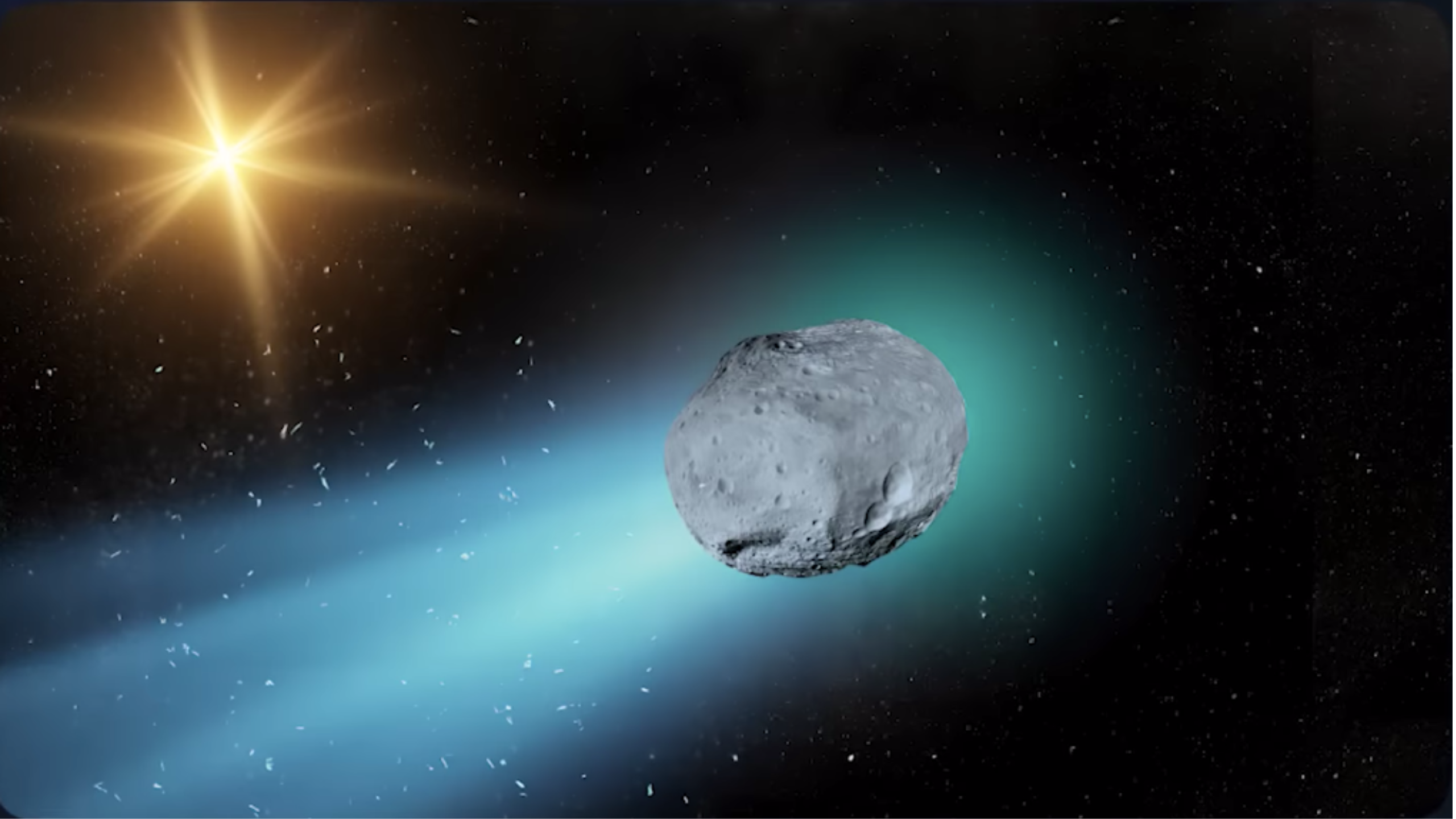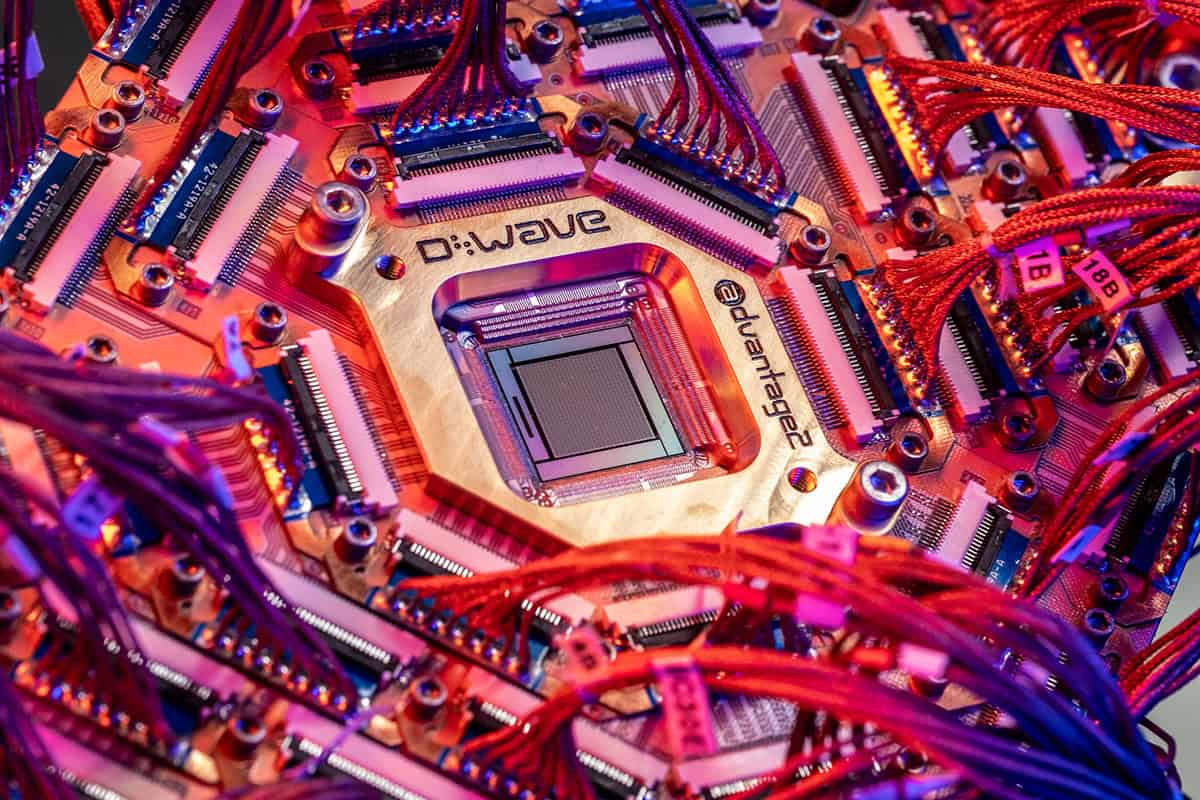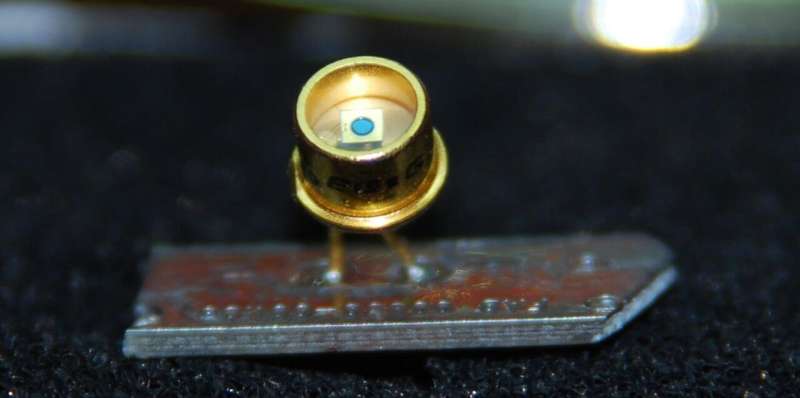Harvard astrophysicist Avi Loeb has put forth a remarkable claim regarding the interstellar object known as 3I/ATLAS. He suggests it could be an ‘alien ship’ equipped with seven visible thrusters as it approaches the Sun. This assertion, reported by various outlets including NDTV World, has captured public interest and sparked debate within the scientific community.
According to Loeb, the object appears to emit ‘seven distinct jets’ and is surrounded by a ‘large glowing halo’ as it nears its perihelion. Stacked images of 3I/ATLAS reveal a halo extending up to half a million kilometres, with the seven jets potentially indicating propulsion mechanisms. Loeb describes this object as a ‘gift from interstellar space,’ highlighting ten anomalies that distinguish it from typical comets. These anomalies include its unusual trajectory, substantial mass, and observed non-gravitational acceleration.
Implications of an Alien Craft
The implications of 3I/ATLAS being an artificial construct are profound. If confirmed, it could signify a reconnaissance or exploratory mission from another civilization in the Milky Way galaxy. Loeb emphasizes the need for society to consider the intent behind such a craft, whether it is benign or potentially hostile. This scenario raises significant questions for humanity: Are we truly alone in the universe? Can we discern the actions of another civilization? And could this visitor pose risks to Earth and its inhabitants?
Despite Loeb‘s bold claims, many mainstream astronomers remain skeptical. Experts cited in Live Science have dismissed the alien hypothesis as ‘nonsense.’ For instance, Dr. Samantha Lawler from the University of Regina asserts that all evidence indicates 3I/ATLAS is likely an ordinary comet ejected from another solar system. Furthermore, astrophysicist Brian Cox has called for speculation to be grounded in verified scientific evidence, labeling unfounded claims about 3I/ATLAS as ‘drivel.’
The current debate centers on whether the referenced ‘seven jets’ are a result of natural outgassing common to comets or if they signify engineered propulsion systems. While Loeb argues that the combination of trajectory, acceleration, and visual characteristics suggests propulsion, critics maintain that these features can be explained by natural cometary behavior.
Scientific Monitoring and Future Observations
As 3I/ATLAS approaches its perihelion, NASA and other observatories are closely monitoring its trajectory, brightness, chemical composition, and any signs of unexpected maneuvers. According to Loeb, the true nature of this interstellar visitor will likely become clearer during its passage through the inner Solar System.
For the public, the key takeaway is to remain curious yet grounded. The notion of an alien ship is undeniably captivating and generates significant media attention. Nevertheless, prevailing scientific evidence continues to support 3I/ATLAS as a natural interstellar body rather than an intelligent technological construct. The scientific community emphasizes the importance of observation over speculation to arrive at informed conclusions.
In summary, while the idea that 3I/ATLAS could be firing seven visible thrusters is intriguing, it also presents high stakes and high uncertainty. Until peer-reviewed data and confirmed observations substantiate Avi Loeb‘s claims, the story of 3I/ATLAS remains one of fascination within the realm of science.







